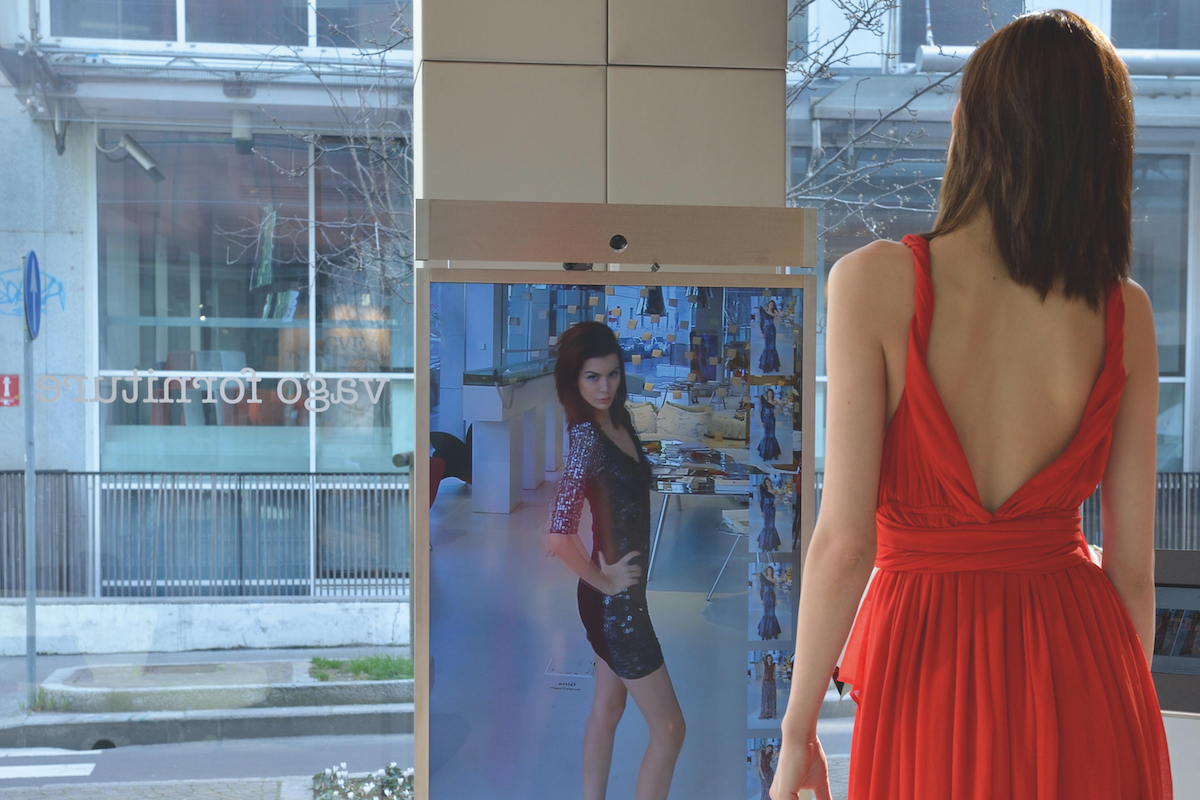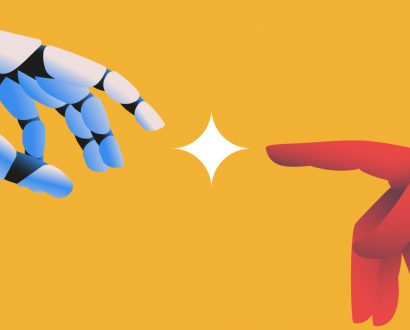It was only a matter of time before high-tech solutions and devices revolutionised one of the biggest consumer markets in the world – the fashion industry.
With wearables embedded in clothes that can monitor heat, cold or UV, to man-made, biodegradable fabrics, and made-to-order clothes enabled by AI and 3D design technologies, the US$2.4 trillion global industry is undergoing a massive makeover, says Beth McGroarty, research director of the Global Wellness Institute. Behind it, she believes, is a move towards more conscious consumerism.
Also fuelling new investment opportunities is our continuing love affair with tech, as well as a desire for convenience and personalised clothing solutions.
Smart attire
An era of ‘active wellness clothing’ that is connected, intelligent and healing is rising; think “anti-bacterial clothes and items that can heal or moisturise your body,” according to McGroarty. “Ralph Lauren’s PoloTech shirt monitors heart rate, stress and energy output; SUPA makes smart, heart rate monitoring bras; Wearable X makes connected yoga pants that vibrate to guide users through yoga postures and sequences,” she lists.
Currently 6.9 million units of smart clothing are being shipped worldwide, according to research company Gartner. It forecasts a rise to 19.91 million in 2022.
There are clothes that control air flow around the body from Swiss tech-sports brand Odlo, and clothes that help our bodies rejuvenate like Under Armour’s Athlete Recovery Sleepwear, created with superstar quarterback Tom Brady, which reflects infrared healing energy.
“Companies will need to combine compelling experiences and services with tasteful designs and digital business models to build and maintain an emotional connection with their customers.” – Oliver Behr
Besides using technology for wellness applications, companies are increasingly working to allow consumer preferences to guide every aspect of design and production, reports CB Insights.
Virtusize, a company that uses AI to enable online shoppers to buy their correct size, either by measuring the clothes in their closet or by comparing specific brands and styles, counts Balenciaga among its clients, the insights reveal. Other inroads into this area, although admittedly one that failed, include Zozo, from one of Japan’s leading ecommerce sites. The company would send a free Zozosuit interwoven with 300 sensors that capture in 3D a customer’s exact measurements and enable them to order bespoke clothes through an app. The fit, however, was hit and miss.
MemoMi Labs’ Memory Mirror uses augmented reality to allow shoppers in outlets owned by Louis Vuitton Moët Hennessy to try on clothes virtually, and founder and CEO Salvador Nissi Vilcovsky says the company is working with almost every luxury group in the world.
Capturing green dollars
Spurred on by customer concern about climate change and hipster start-ups that are delivering sustainable, vegan and other on-trend products, luxury fashion houses are also using technology to deliver greener solutions.
Fashion behemoth Chanel is working with Boston-based Evolved by Nature to develop a natural, silk-based alternative to toxic chemicals used in many textiles. “Semisynthetic and cellulosic fibres, such as modal, rayon, Tencel, lyocell and cupro, that involve ‘man-making’ but break down more easily, are the fabrics of the future alongside natural fibres such as linen or hemp,” McGroarty explains.
Italy’s iconic high fashion label Prada now sells a bag constructed from a new form of nylon that uses plastic waste collected from oceans and fishing nets and textile fibre waste. “Our ultimate goal will be to convert all Prada virgin nylon into Re-Nylon by the end of 2021,” states Lorenzo Bertelli, Prada Group’s head of marketing and communication.

Hugo Boss’ “innovative, sustainable, product solutions” include Boss Men’s shoes constructed of Pinnate, a material made from pineapple leaf fibres.
Stella McCartney has worked with Bolt Threads, a materials innovation company that uses cutting-edge technology and biology to develop new textiles and materials that raise the bar for sustainability. “Both McCartney and Gucci are partnering with activists such as Parley for the Oceans, which sources materials from companies that turn ocean garbage into amazing materials, such as econyl,” informs McGroarty.
Reimagining the future of fashion
In his white paper Fashion 4.0 – Digital Innovation in the Fashion Industry, Oliver Behr, of the European School of Management and Technology, muses: “Our refrigerator can order milk from a food supplier and when we leave our workplace, the smart home heating system starts to prepare a pleasant temperature in our apartment. The Internet of Things (IoT), an infrastructure of everyday devices that can connect and interact with each other, penetrates more and more areas of our life.”
“But the future of intelligent clothing is not just about combining fashion and technological capabilities,” says Behr. “Rather, it is about combining respective capabilities in a meaningful way to create something valuable for the customer in a holistic way.
“Companies will need to combine compelling experiences and services with tasteful designs and digital business models to build and maintain an emotional connection with their customers.”
The future of fashion, believes McGroarty, is re-thinking each touchpoint in the cycle, from how brands design and make our clothes to how we buy, care for, experience and dispose of them.







